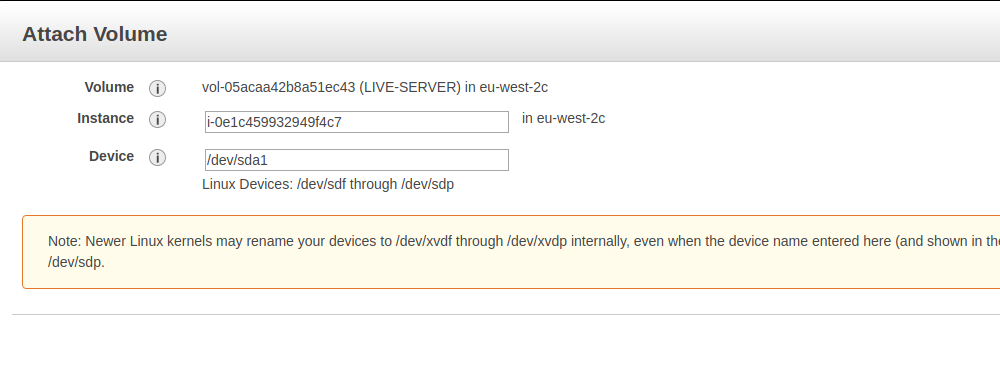Oracle Cloud
https://www.oracle.com/cloud/free/ – Every free account have 2 servers free for life. Only for development purpose. Allow ICMP (ping) in Oracle Cloud Updating Kernel on Oracle Linux with Ksplice How to Open Port on Oracle Cloud Ubuntu Server See Cloud


